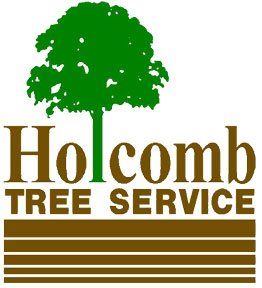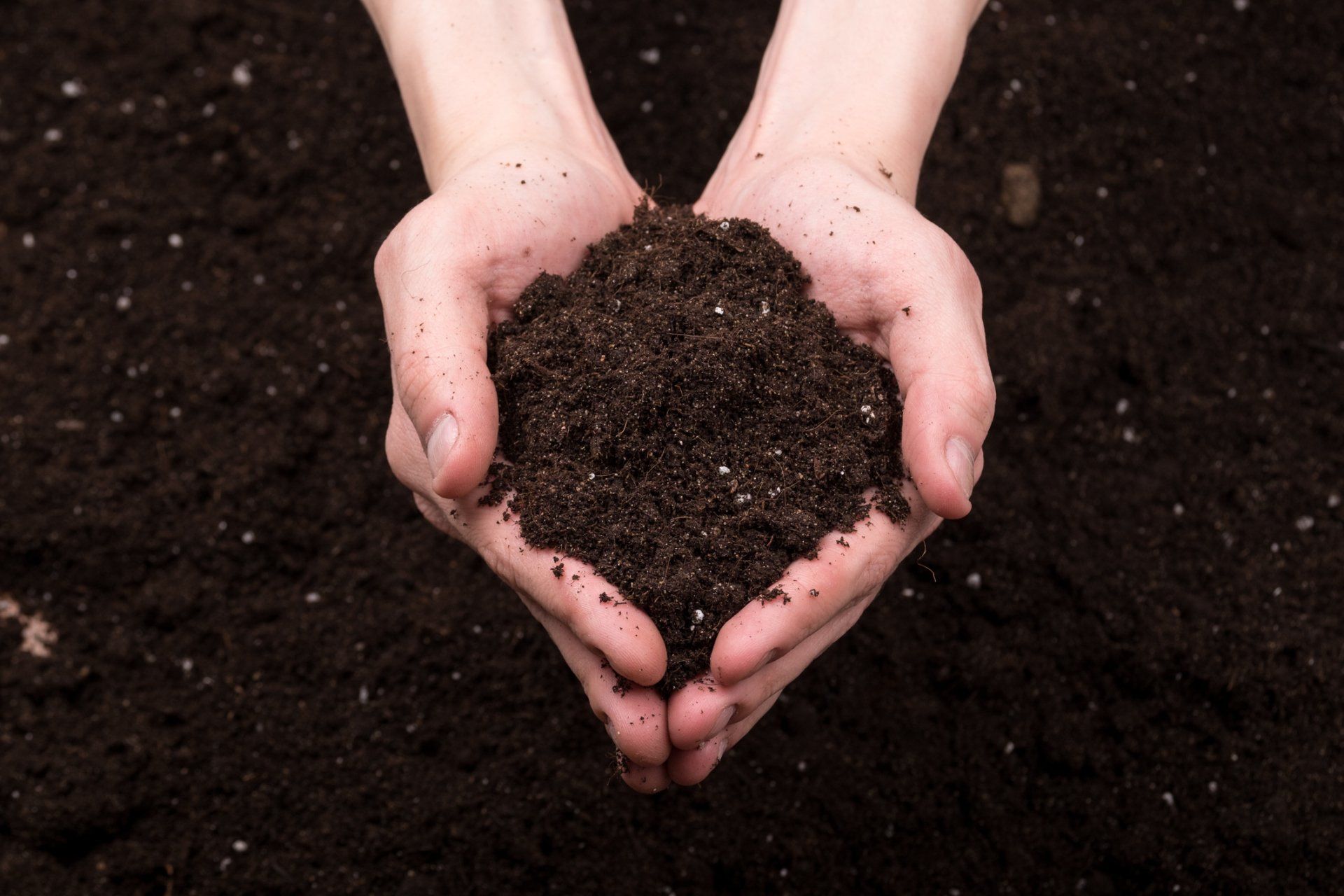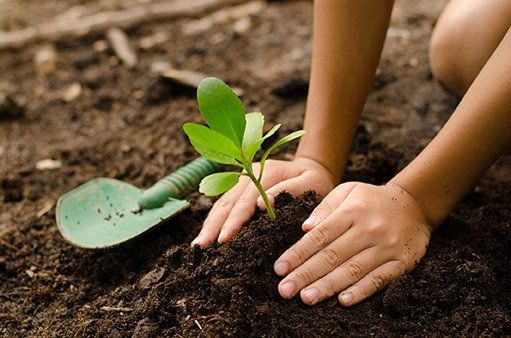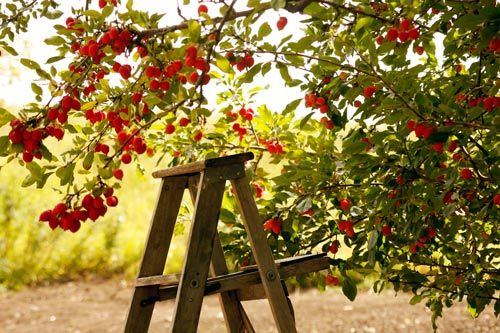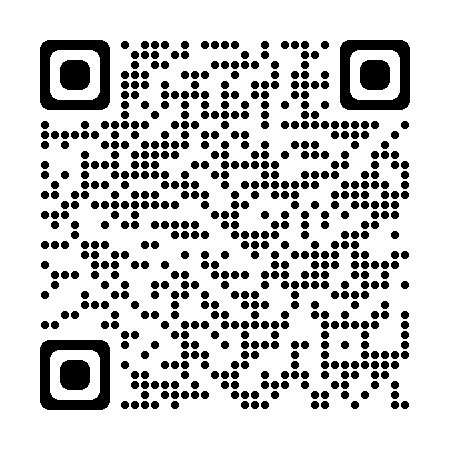A QUICK GUIDE TO AGGRESSIVE, INVASIVE TREES IN TEXAS
- By Holcomb Tree Service
- •
- 29 Nov, 2018
- •
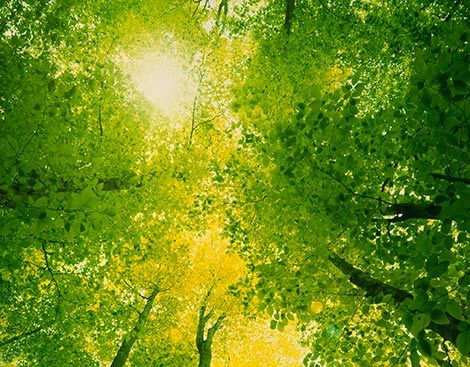
Texas trees can be beautiful, attractive to bees, and also highly invasive. Invasive trees are not native to the area where they take up root and grow. Despite being far from their original homes, invasive trees thrive and soon choke out trees that belong in the local ecosystem.
Pay special attention to your property to protect your landscape. Here's what you need to know.
Invasive Plants Were Invited
Gardeners and landowners imported some of the most aggressive non-native trees and plants found growing in Texas today. Initially, the gardeners and landowners sought features that the plants offered. People make fun of kudzu's takeover of the South, but the rapid-growing vines were imported here on purpose. In an effort to control erosion, humans created another problem-the kudzu plant's victory over roadsides, hills, trees, and power poles.
Trees can be as destructive as kudzu. Invasive trees that were introduced to the U.S. for their fragrance, flowers or hardy growth are now crowding out more delicate Texas natives. The beneficial aspects of the plants are canceled out by the negative impact that invasive trees pose to the environment.
Invasive Trees Upset the Ecosystem
You might be asking yourself how a simple tree can be a threat. There are several ways this can happen.
Non-native trees become a problem when they out-compete the local tree species. Invasive trees take over thickets and forests due to several factors in their favor. These factors include their ability to:
- Produce many seeds that disperse easily
- Develop multiple suckers and side shoots
- Tolerate parched, salinated and compacted soil
- Thrive with no local predators or diseases
Some invasive tree species thrive because they release allopathic chemicals that affect nearby plants. "Allelopathy" is the name for the chemical inhibition of nearby growth. Adjacent plants are stunted or die outright after contact with the chemicals released.
When native trees die, food and shelter for native wildlife diminish. Flooding, fires, and the flow of nutrients take a turn for the worse. The more invasive plants disturb and eliminate native trees and vegetation, the more damage is done.
The Texas ecosystem relies on biodiversity to sustain wildlife and protect the land. Invasive species of trees eliminate biodiversity and eventually help choke out natural species of all types.
Invasive Trees Affect the Texas Landscape
Both the Tree-of-heaven and the Chinese tallow tree are Asian transplants that can take over your yard. Have your tree service check for the presence of these trees.
The tree-of-heaven (Ailanthus altissima) was introduced as an ornamental tree because of its attractive leaves and small yellow flowers. Its name is related to the lofty heights this tree reaches at maturity. A tree-of-heaven can grow 60 to 80 feet in height.
Tree-of-heaven can also:
- Overrun native vegetation in thickets
- Dominate colonized sites
- Create a hazard to power lines
- Cause sewer lines to fail
The tree-of-heaven has many of the worst features of invasive trees. Each tree can release up to 300,000 seeds. The youngest sprouts can grow up to 15 feet in height and releases allopathic chemicals.
The Chinese tallow tree (Triadica sebifera) is a beloved ornamental. The tree came from China in the 18th century. Its broad leaves and autumn color are attractive landscape features.
Commercial growers use the tree in the U.S. for soap and seed-oil production. Chinese tallow tree is fastgrowing and can grow up to 50-feet in height. Chinese tallow trees create the same problems as Tree-of-heaven above.
Chinese tallow out-competes other trees because it:
- Tolerates full sun or full shade
- Tolerates saline soil
- Manages in swamps or arid condition
Expect the complete eradication of an established colony to take up to five years. Stay ahead of the aggressive trees like these by having your tree service cut out problem invasive species. Other tips to keep invasive trees to a minimum include:
- Keep plant communities healthy
- Minimize soil disturbance
- Revegetate bare soil areas
- Pull seedlings
Your tree service is careful when cutting down trees since sprouts easily develop. Your tree service can use a chemical treatment after cutting trees down to reduce regrowth of suckers and seedlings. Contact Holcomb Tree Service today to adequately address invasive and diseased trees on your property.
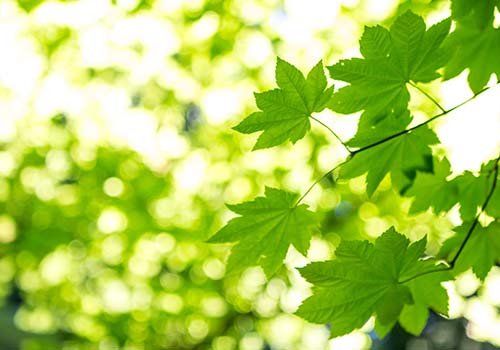
After living in your home for a while, you may turn your attention toward resale value. Even if selling your house is still years away, it is never too early to look into ways you can get the most out of your investment. There are a number of ways resale value can be added, and one easy method is to plant a new, healthy tree.
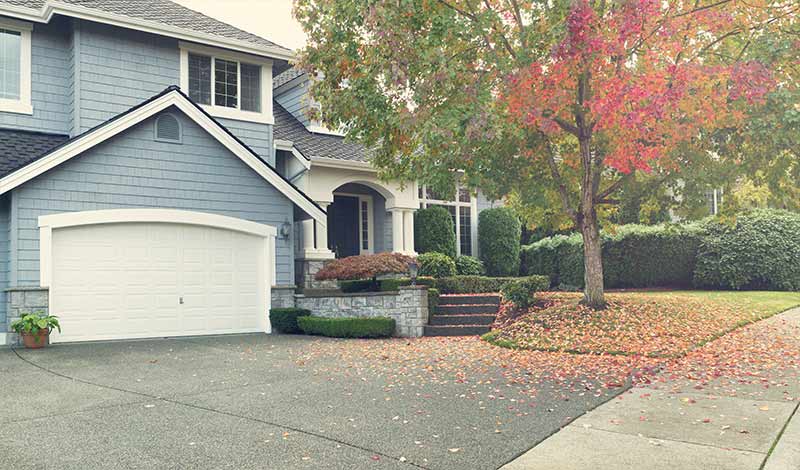
Healthy, appealing trees offer enormous benefits some of which may surprise you. Not only will trees in your landscape design improve curb appeal and increase your home's property value, but they can also aid in energy efficiency. While surprising to learn, trees that shade your home, windows and outdoor AC units can reduce cooling costs in the summer by 35%.
Planting young trees around your home will add curb appeal, but the lack of height and foliage will not help your heating and cooling costs. Therefore, you should plant attractive trees that will grow quickly, producing shade for energy conservation within a few years. This guide, and your contractor's help to maintain will help you know which attractive, fast-growing and shade-producing trees you should consider for your yard.
Crabapple Tree
One tree that adds color, texture and a great deal of shade, while also being easy to grow and maintain, is the Crabapple tree. The tree produces blooms of lush pink flowers in the spring and thick green foliage through the summer and fall. This foliage shades your home with ease.
Since the tree's branches grow up, instead of out, this tree is the perfect option for your home's exterior and outdoor AC units. Be sure to prune away dead flowers and limbs in the early part of winter to ensure new growth in the spring and summer.
River Birch Tree
The river birch is another fast-growing, shade-producing tree that will make a big impact on your landscape design and heating and cooling costs. This tree is also easy to grow, and survives in most soil conditions and requires very little water once established.
Also, the River Birch thrives in areas of your yard that receives full sun. Planting this tree close to a sunny outdoor living area will keep you and your guests under comfortable shade. In addition, planting these trees next to your home's exterior windows will help reduce cooling costs.
It is important to note that the River Birch is a massive tree. On average, it can grow up to 50 or 90 feet tall. Because of its height, avoid planting the tree near power lines.
To ensure the tree remains attractive and healthy, trim off dead foliage and fertilize in the fall.
Crepe Myrtle Tree
A Crepe Myrtle is definitely one of the easiest trees to grow since it does not require any special soil conditions and is heat and drought-tolerant. Its unique shape has been compared to a mushroom cloud. This tree has either a single trunk or a multitude of trunks that intertwine together.
You will love the floral blooms that occur at the end of spring and early summer. In most climates, the blooms will continue through the early part of fall as well. Available in a large variety of colors including white, pink, red and purple, the Crepe Myrtle tree adds appeal, shade and value to your home.
While easy to grow, the Crepe Myrtle does require a decent amount of maintenance to keep it healthy and attractive. To protect its shape, pruning off dying foliage and branches at the end of winter is important.
Flowering Dogwood
There are many varieties of the Flowering Dogwood tree to consider. From the Barton species, which produces white blooms in the spring and grows to a height of 25 feet, or a Japanese Dogwood, which offers vibrant pink and red blooms in the spring and summer, the possibilities are endless.
No matter which species you choose, a Flowering Dogwood is a great option for areas of your yard that receive full sun or partial shade.
In the fall season, trim away dead overgrowth and dying blooms before fertilizing. This will help the tree survive the harsh winter temperatures.
To learn more about planting and maintaining your fast-growing, shade-producing trees, contact the professionals at Holcomb Tree Service today.
No matter which species you choose, a Flowering Dogwood is a great option for areas of your yard that receive full sun or partial shade.
In the fall season, trim away dead overgrowth and dying blooms before fertilizing. This will help the tree survive the harsh winter temperatures.
To learn more about planting and maintaining your fast-growing, shade-producing trees, contact the professionals at Holcomb Tree Service today.
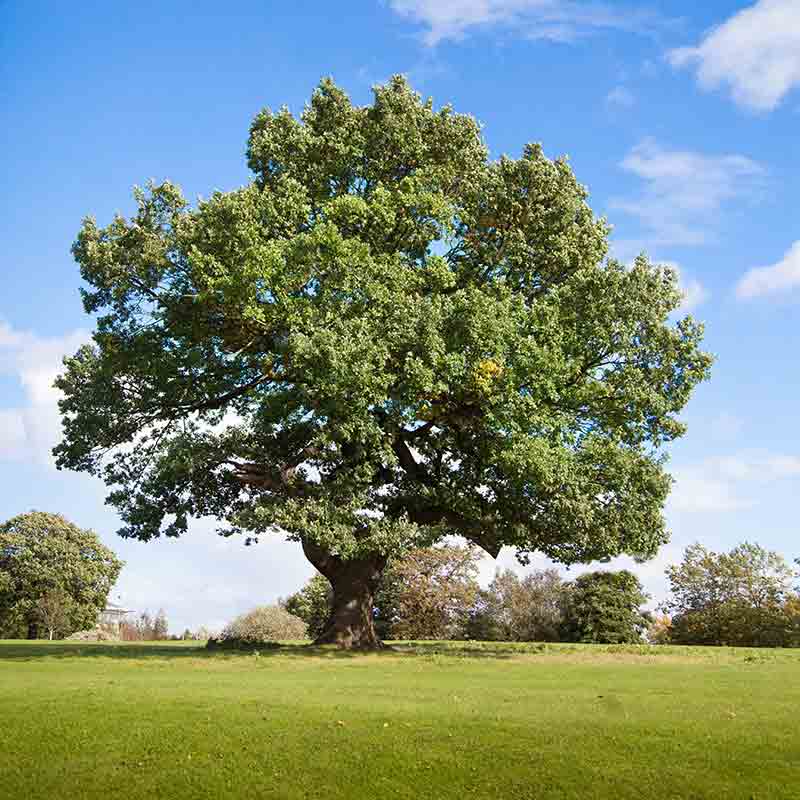
If you are looking to invest in the long-term value of your property, one of the best options is planting trees. According to several estimates, healthy, mature trees can add 10 to 20 percent to a home's worth. Besides aesthetic appeal, trees can also cool houses and produce fruits and nuts.
But, not all trees are equally valuable. By selecting species that will thrive and contribute to a home's environment, you may make your property much more appealing to buyers. These five steps will help you decide which new trees to plant near your home in Dallas, TX, and the surrounding areas.

Healthy, appealing trees offer enormous benefits some of which may surprise you. Not only will trees in your landscape design improve curb appeal and increase your home's property value, but they can also aid in energy efficiency. While surprising to learn, trees that shade your home, windows and outdoor AC units can reduce cooling costs in the summer by 35%.
Planting young trees around your home will add curb appeal, but the lack of height and foliage will not help your heating and cooling costs. Therefore, you should plant attractive trees that will grow quickly, producing shade for energy conservation within a few years. This guide, and your contractor's help to maintain, will help you know which attractive, fast-growing and shade-producing trees you should consider for your yard.
Planting young trees around your home will add curb appeal, but the lack of height and foliage will not help your heating and cooling costs. Therefore, you should plant attractive trees that will grow quickly, producing shade for energy conservation within a few years. This guide, and your contractor's help to maintain, will help you know which attractive, fast-growing and shade-producing trees you should consider for your yard.
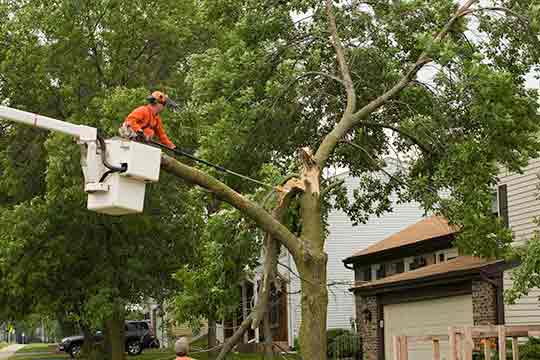
Storms can do a considerable amount of damage to your trees and to your landscaping in general. From cracked tree branches to flooded root systems, the damage caused by a storm can have a long-lasting effect on your trees' health. After a big storm blows through, it is a good idea to assess your trees for damage, and also to mitigate a few other common problems the storm may have caused. Complete these four tasks, and you should be on the right track.

Storms can do a considerable amount of damage to your trees and to your landscaping in general. From cracked tree branches to flooded root systems, the damage caused by a storm can have a long-lasting effect on your trees' health. After a big storm blows through, it is a good idea to assess your trees for damage, and also to mitigate a few other common problems the storm may have caused. Complete these four tasks, and you should be on the right track.
